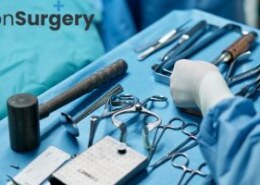Conservative bunion treatment can be quite successful in managing symptoms and slowing the progression of bunions, especially when addressed in the early stages. For many patients, these non-surgical methods can help reduce pain, improve function, and potentially avoid or delay the need for surgery.
In Singapore, a wide range of bunion treatment options are available that focus on non-invasive approaches. These include:
Wearing custom orthotics to redistribute pressure on the foot
Using bunion pads or toe spacers to reduce friction and prevent worsening
Physical therapy and targeted exercises to strengthen foot muscles
Anti-inflammatory medications to manage pain and swelling
Lifestyle adjustments, such as switching to wider or more supportive footwear
However, it’s important to understand that while conservative bunion treatment in Singapore can offer significant relief, it does not correct the structural deformity of the bunion. These methods are most effective for mild to moderate cases or for those who wish to postpone surgery.
When conservative measures no longer provide sufficient relief or the bunion becomes increasingly painful and affects daily activities, patients may need to consider bunion surgery treatment options. Modern approaches like minimally invasive bunion surgery (such as Orthosports’ technique in Singapore) offer faster recovery times, less scarring, and improved outcomes compared to traditional open surgery.
In summary, conservative bunion treatment is often successful in delaying surgery, especially when started early. However, for long-term correction and relief, surgical intervention may still be necessary depending on the severity and progression of the bunion.


